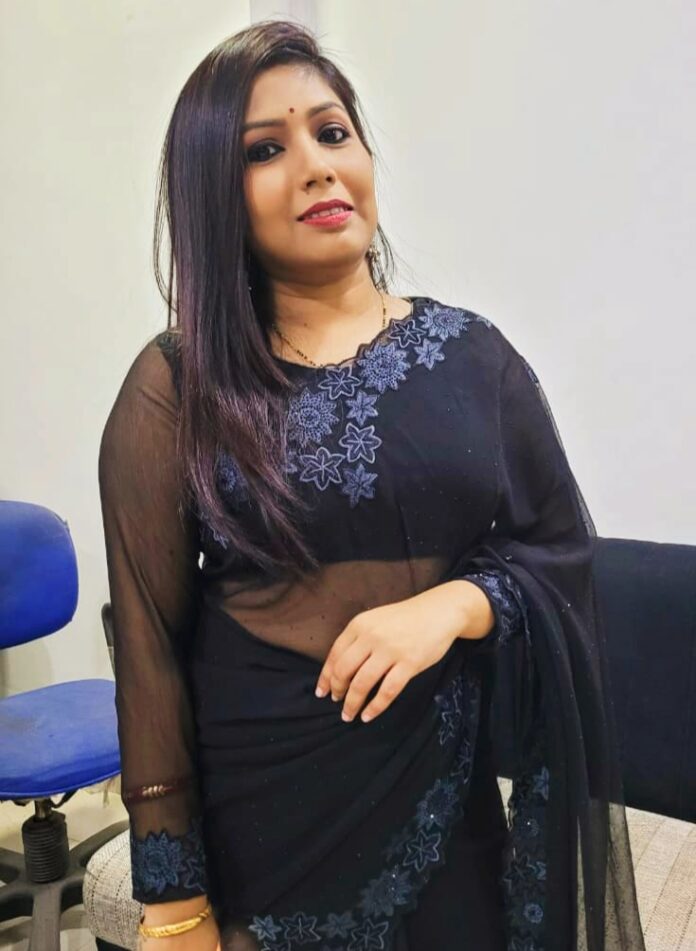The media has always been a patriarchal field ever since it started. Women are either being ignored by our media or they are being misrepresented.
The content about women is largely comprised of subjects concerned with entertainment, tabloids and sexuality. Women are being objectified every day without there any visible efforts to reverse it. Media clearly differentiates societal roles between men and women. Not only does our media fail to encourage and educate women in their pursuit of rights, but it also reinforces the biased and problematic perceptions of them in the society.
Do you know only 24% of the people in newspaper, television, and radio news are women? Studies have found that although the number of women working in the media has been increasing globally, the top positions (producers, executives, chief editors and publishers) are still very male dominated. Attention needs to be paid to identifying and addressing these various gender imbalances and gaps in the media.
Around the world, women are far less likely than men to be seen in the media. The number of women as media administrators or journalists is still lower than that of their male counterparts. This gender-imbalanced picture of society can reinforce and perpetuate harmful gender stereotypes.
Gender stereotypes and underrepresentation in the media can contribute to harmful disrespect and violence towards women. Children are influenced by gendered stereotypes in media from a young age, which can perpetuate preferences for gender-appropriate content and activities, traditional beliefs of gender roles occupations and personalities, and attitudes towards life expectations and aspirations.
“If gender equality in society mirrors gender equality in the news, it will take at least three-quarters of a century to reach gender parity. Time has changed. Now a days, we notice there’s a genuine desire to move with the times. But there’s still a long way to go.”
In the past, television, movie, and advertising executives largely controlled what roles and images the public would see. They would present either what they thought the public would want to see or what they wanted the public to see. However, the Internet and social media are helping to change all of this.
We need to stop featuring women as peripheral characters. When brands feature woman as the lead character, it’s normally to make a point about their gender. Real progress will be made when it’s much more equally divided. Possibly the most damaging part are the ads where women are there to just fill in the background of the scenery. They don’t tend to be the protagonists, unless it’s for cleaning products. A man stands for humanity, but ads only show women if it’s something specifically to do with their gender, like beauty.
At the same time, we must admit Ad content is moving away from classic stereotypes, which is partly driven by the brands and partly driven by native and advertorial. For it to be effective, it has to be done in the right tone.
The story is slightly different in case of magazine features. The portrayal of women within magazines has been completely in line with what magazine brands have always done and will continue to do. They understand a particular audience. Brands like L’Oréal, which is a big spender when it comes to magazines, are driving how some of the advertising content is changing.
Women’s representation and equal participation in the media shouldn’t be optional — it’s essential. If we want to break negative stereotypes of women off-screen, we’ll need to tackle them on-screen, too.
The media shapes our world—but so do women, as powerful agents of change in all areas of society. It is time for the media to reflect this reality.
























